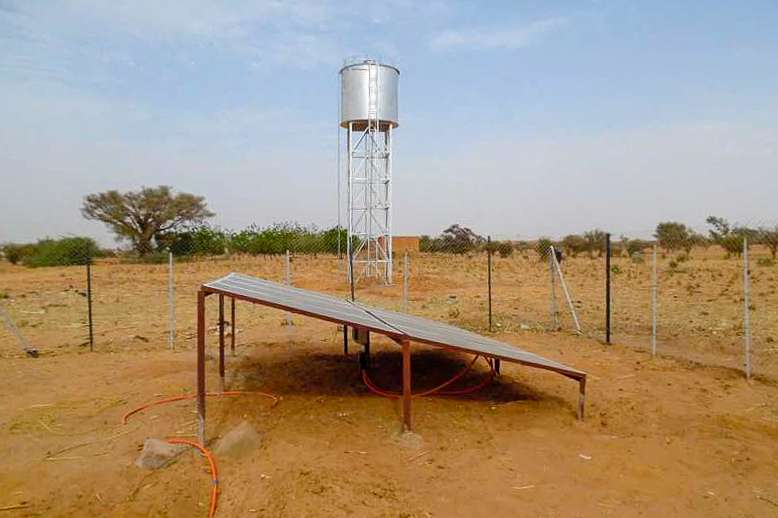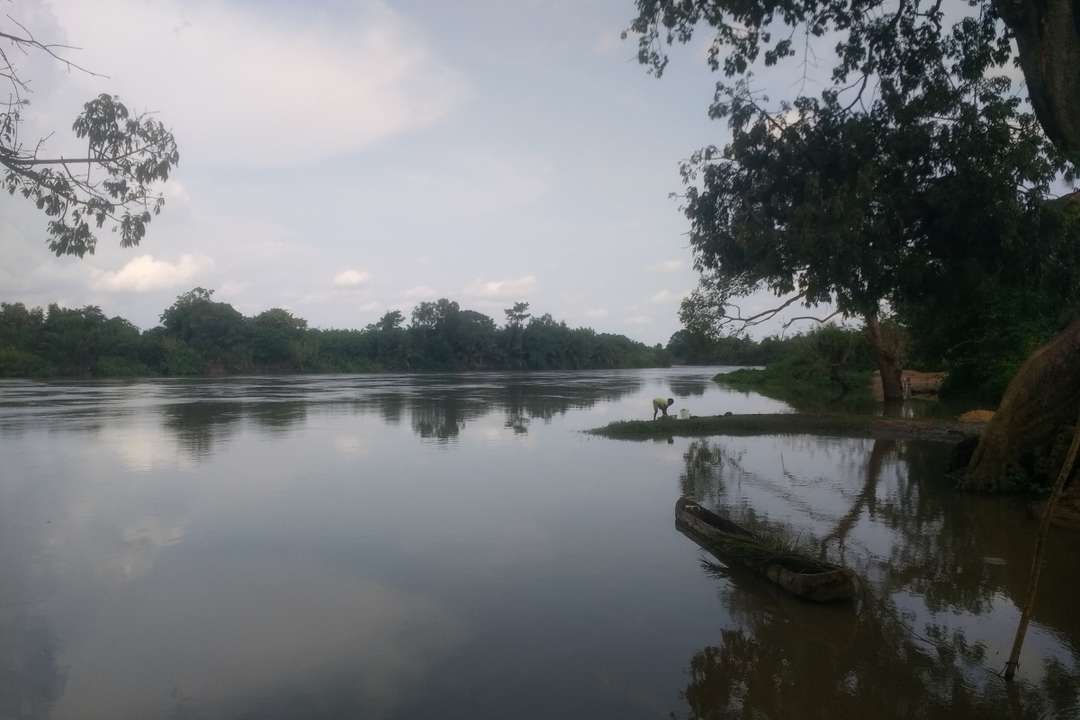September 2020
Fifth article published
The Potsdam Institute for Climate Impact Research (PIK) lead with Dr. Stefan Liersch the publication of a fifth article entitled "One simulation, different conclusions—the baseline period makes the difference!" in the Environmental Research Letters. With the contributions of Seyni Salack (WASCAL Competence Center), Morten Andreas Dahl Larsen and Kirsten Halsnæs (Technical University of Denmark), Wim Thiery (Vrije Universiteit Brussel), Hagen Koch and Fred Foko Hattermann (Potsdam Institute for Climate Impact Research), half of the co-authors belonged to the CIREG consortium.
Abstract
The choice of the baseline period, intentionally chosen or not, as a reference for assessing future changes of any projected variable can play an important role for the resulting statement. In regional climate impact studies, well-established or arbitrarily chosen baselines are often used without being questioned. Here we investigated the effects of different baseline periods on the interpretation of discharge simulations from eight river basins in the period 1960–2099. The simulations were forced by four bias-adjusted and downscaled Global Climate Modelsunder two radiative forcing scenarios (RCP 2.6 and RCP 8.5). To systematically evaluate how far the choice of different baselines impacts the simulation results, we developed a similarity index that compares two time series of projected changes. The results show that 25% of the analyzed simulations are sensitive to the choice of the baseline period under RCP 2.6 and 32% under RCP 8.5. In extreme cases, change signals of two time series show opposite trends. This has serious consequences for key messages drawn from a basin-scale climate impact study. To address this problem, an algorithm was developed to identify flexible baseline periods for each simulation individually, which better represent the statistical properties of a given historical period.


